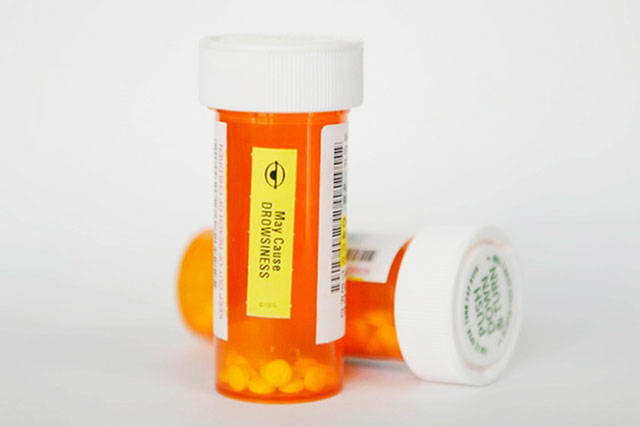Drug and alcohol use caused the deaths of 379 King County residents in 2017 — an increase from 348 in 2016 — according to two new reports published today by Public Health – Seattle & King County and the University of Washington’s Alcohol and Drug Abuse Institute.
Data from the 2017 Overdose Death Report describes drug and alcohol-caused deaths over the past decade investigated by the King County Medical Examiner’s Office (MEO). The report found that in 2017, heroin and opioids, including fentanyl, continue to be the most common drugs associated with fatal overdoses (69 percent) while the rate of deaths involving methamphetamine continue to increase sharply.
There is continued concern about the growing impact of illicit fentanyl. Fentanyl was involved in 33 fatal overdoses in 2017, up from 23 deaths in 2016. There have been 17 confirmed fentanyl-related deaths in the first quarter of 2018.
Findings from the reports include:
- While opioids are the most common drug class in fatal overdoses, the majority of overdoses involve multiple types of drugs.
- Methamphetamine-involved deaths increased sharply over the last decade, from 18 in 2008 to 136 in 2017.
- Overdose disproportionately affects young people, men, people experiencing homelessness, and certain racial and ethnic minorities. Half of all overdose deaths in 2017 were less than 46 years old and 17% were among persons experiencing homelessness.
- The estimated rate of drug and alcohol-caused deaths was 30% higher among Blacks and five and a half times greater among American Indian/Alaskan Native
The annual Drug Trends report also published today by the University of Washington’s Alcohol and Drug Abuse Institute provides important context for understanding peoples’ lives. For example, among those surveyed at the syringe exchange last year, 69% were homeless or impermanently housed and 42% had been incarcerated in the prior year.
PROGRESS MADE TO ADDRESS THE EPIDEMIC
King County, along with partners have taken key steps to implement the comprehensive set of recommendations presented by the Heroin and Prescription Opiate Addiction Taskforce to confront the epidemic.
Examples of progress include:
- Over the past year, 40 new access points for buprenorphine became available. Buprenorphine is one of the best treatments available for opiate use disorder.
- King County worked with partners to open a new detox and treatment facility.
- We distributed over 8,000 naloxone kits to law enforcement, housing and treatment providers, families of people with opiate use disorder and people with opiate use disorder. From those kits distributed, 2,297 overdoses were reported successfully reversed.
KEY WAYS TO REDUCE THE RISK OF OVERDOSE
- Never inject when you’re alone.
- If you got heroin from someone new or it looks different, use less.
- Don’t use heroin in combination with other “downers” such as benzodiazepines (i.e. benzos), alcohol or prescription-type opiates such as OxyContin or methadone. Use with stimulants such as cocaine or methamphetamine is also dangerous.
- If someone is overdosing Call 911. If you are trying to help in an overdose, the Washington state Good Samaritan law protects you and the overdose victim from drug possession charges.
- Give naloxone and rescue breaths.


